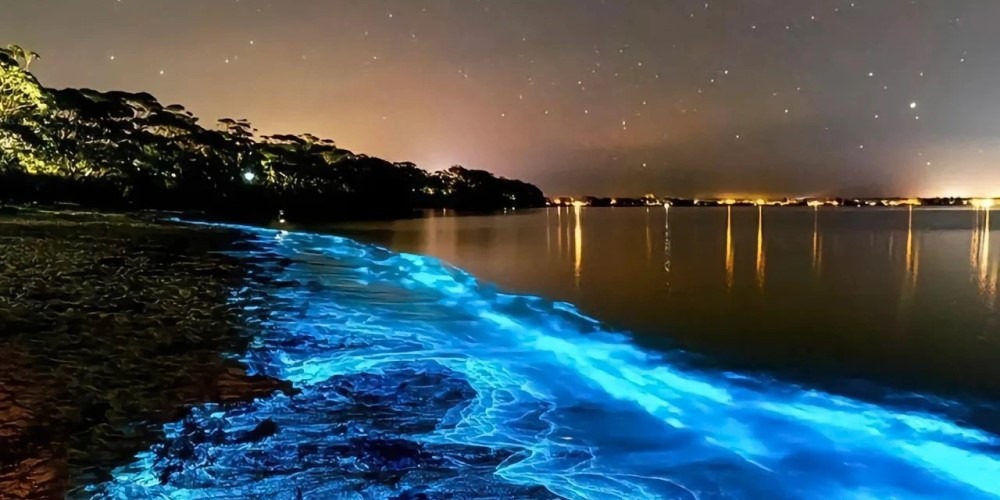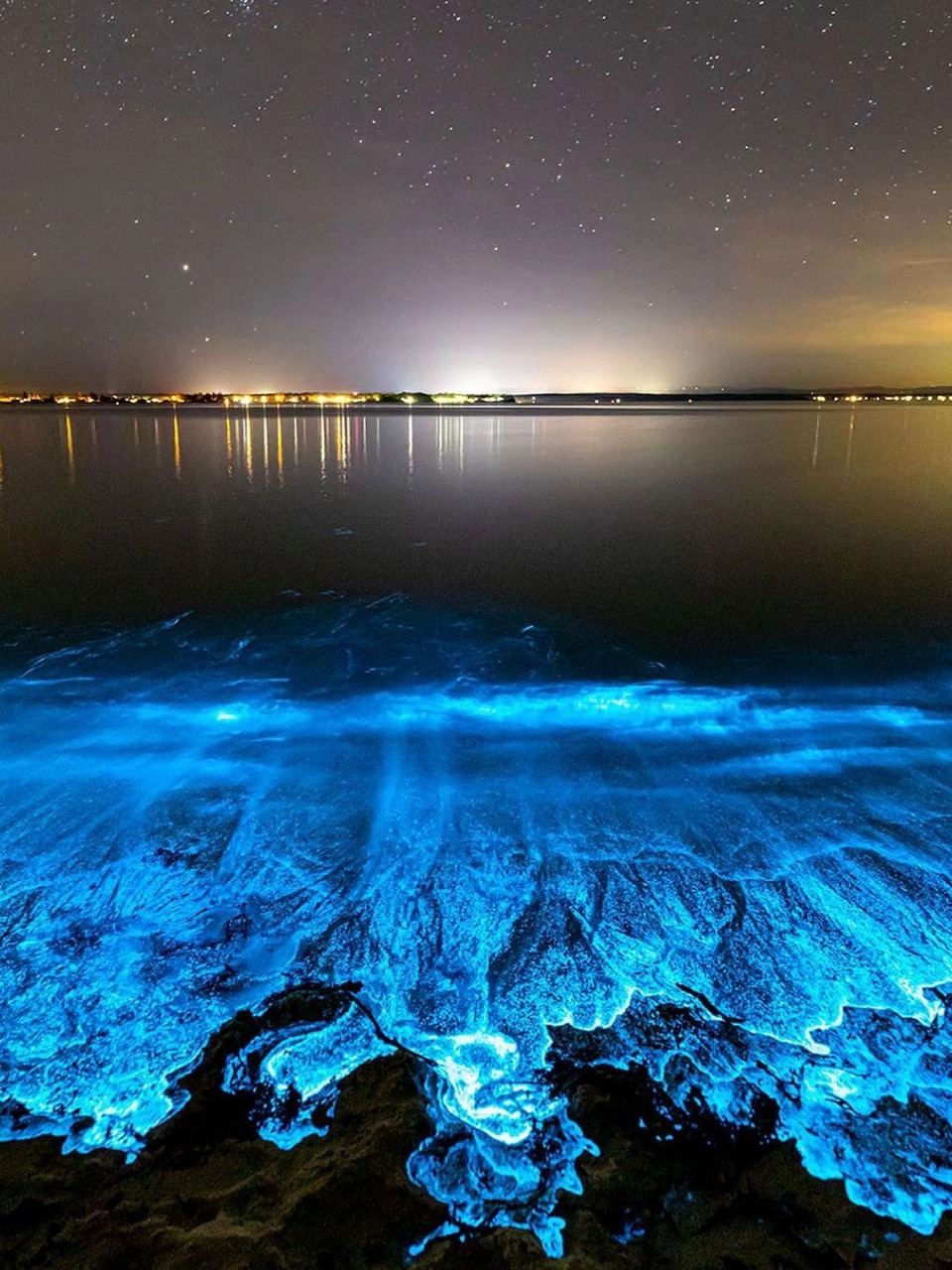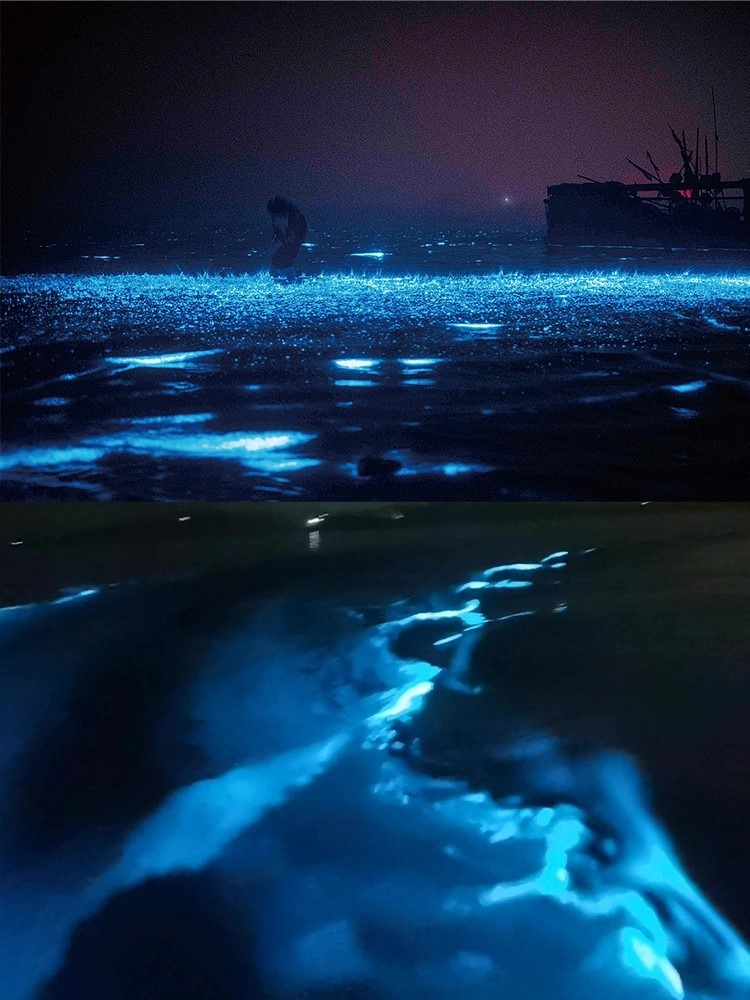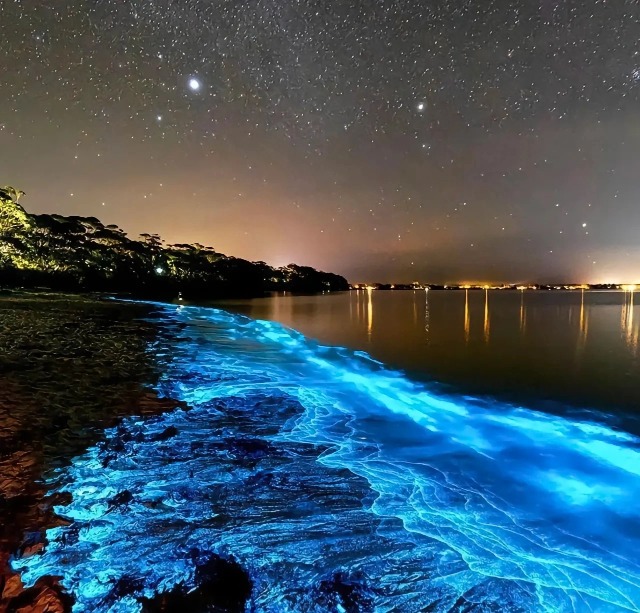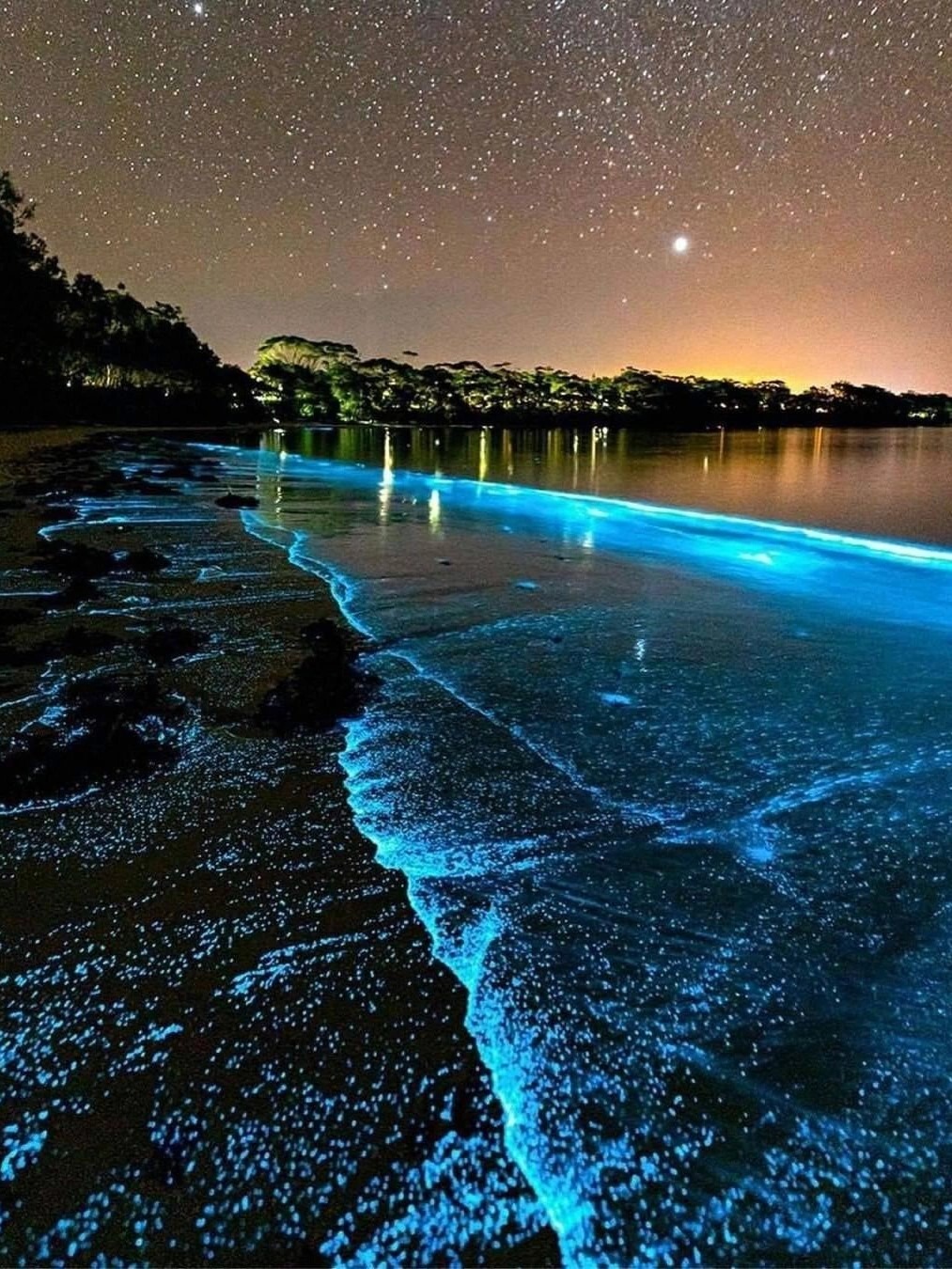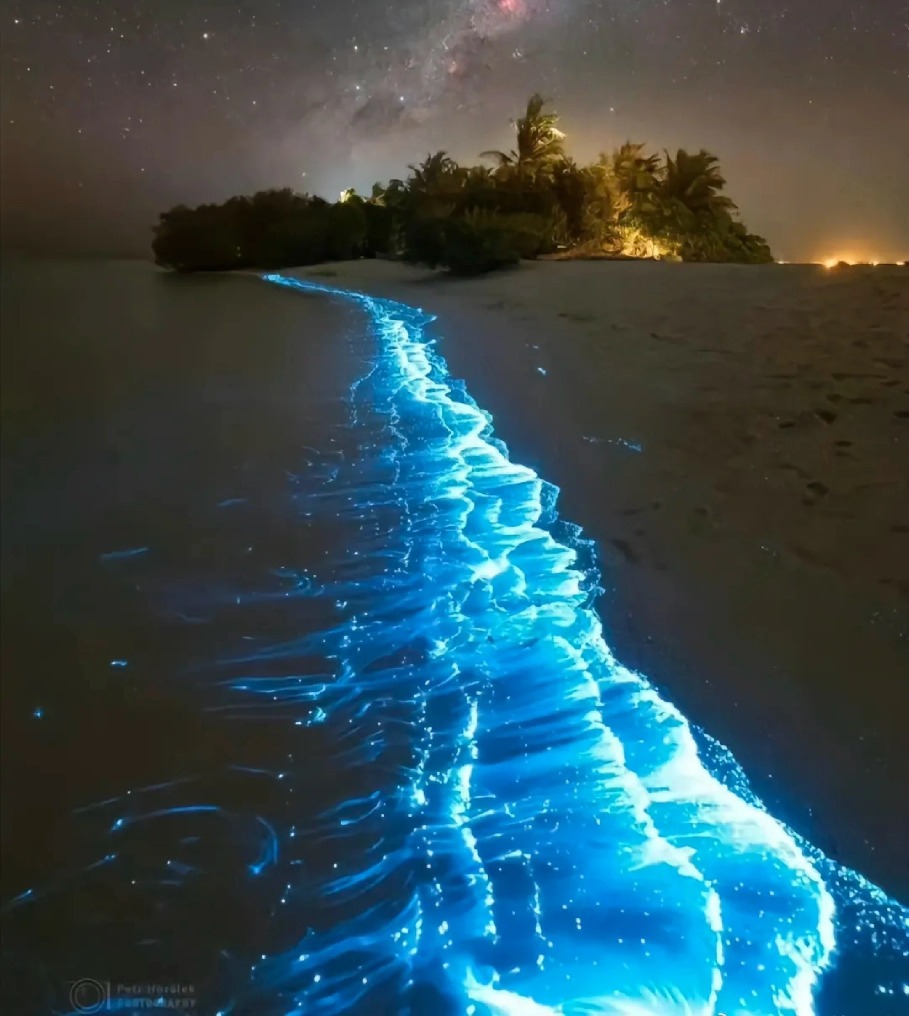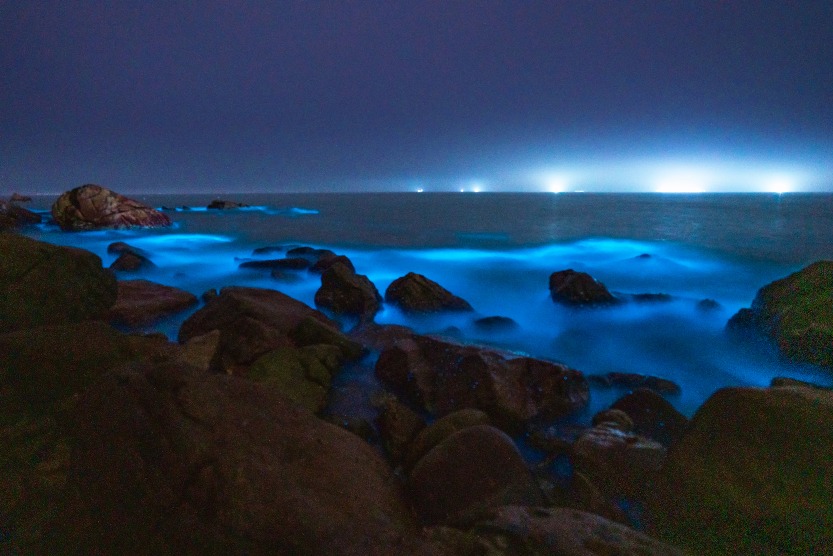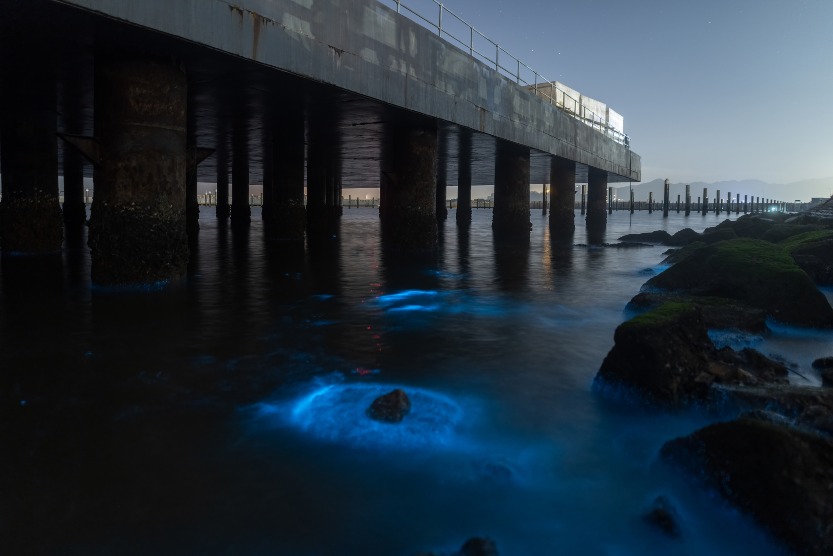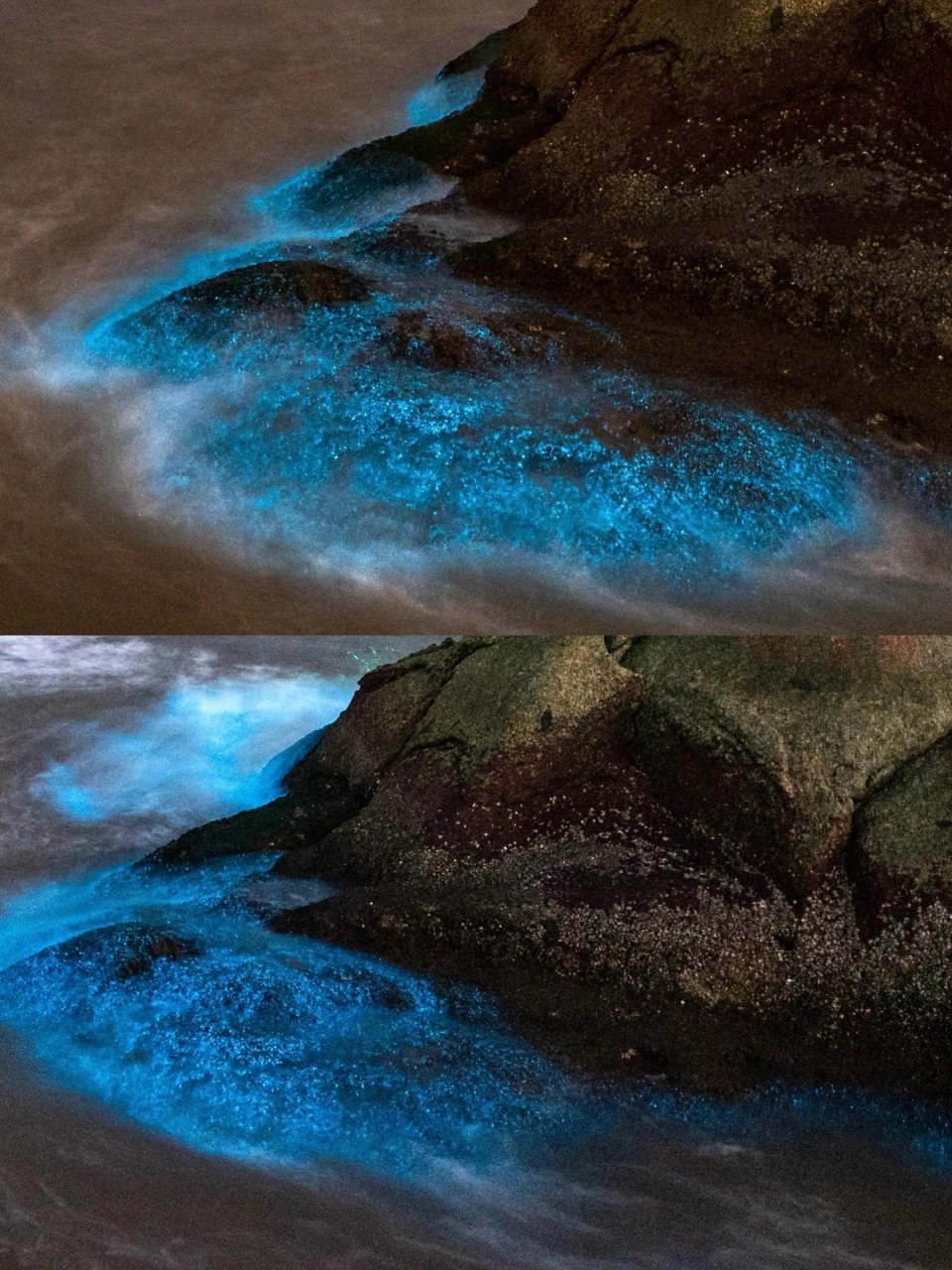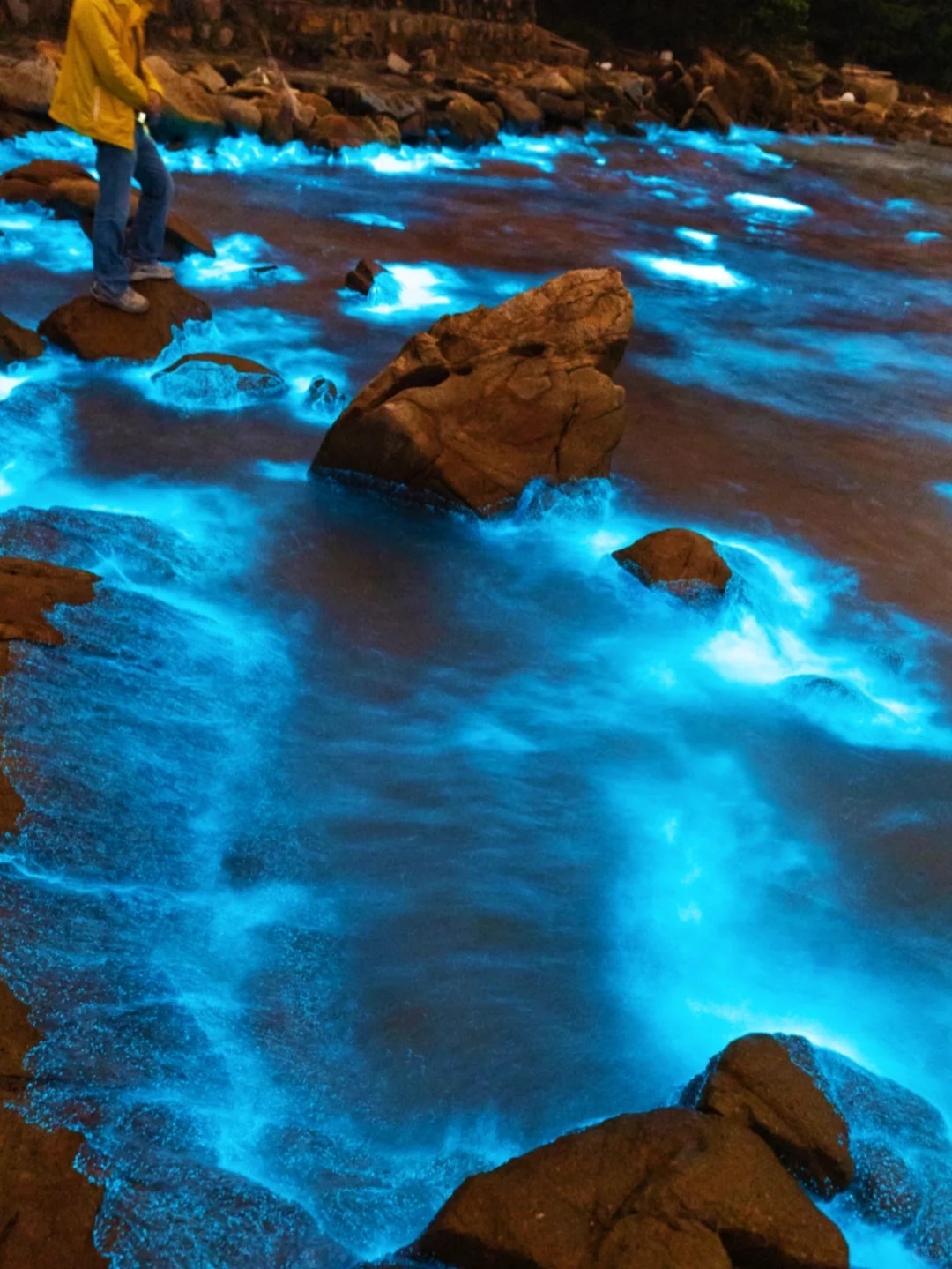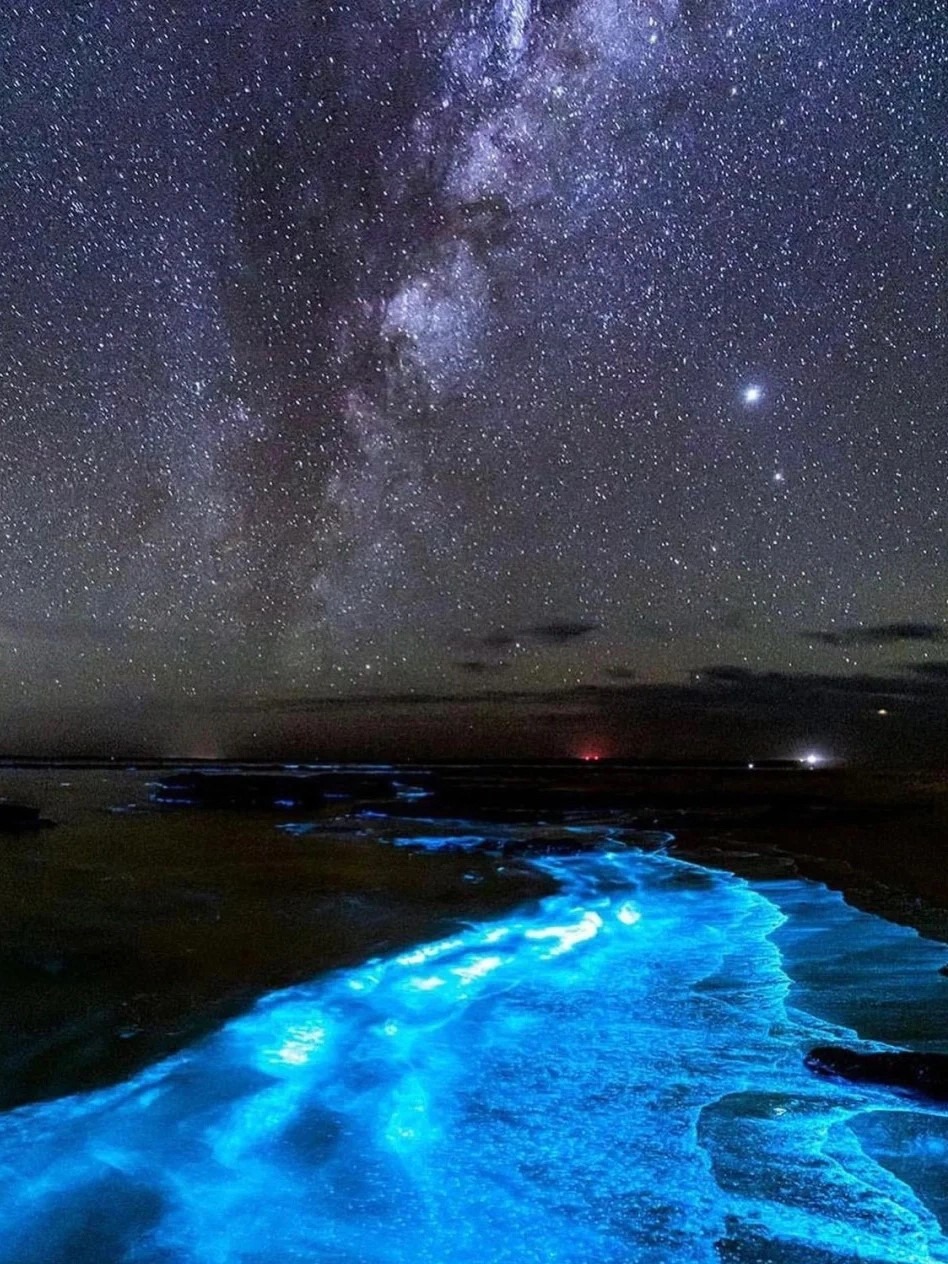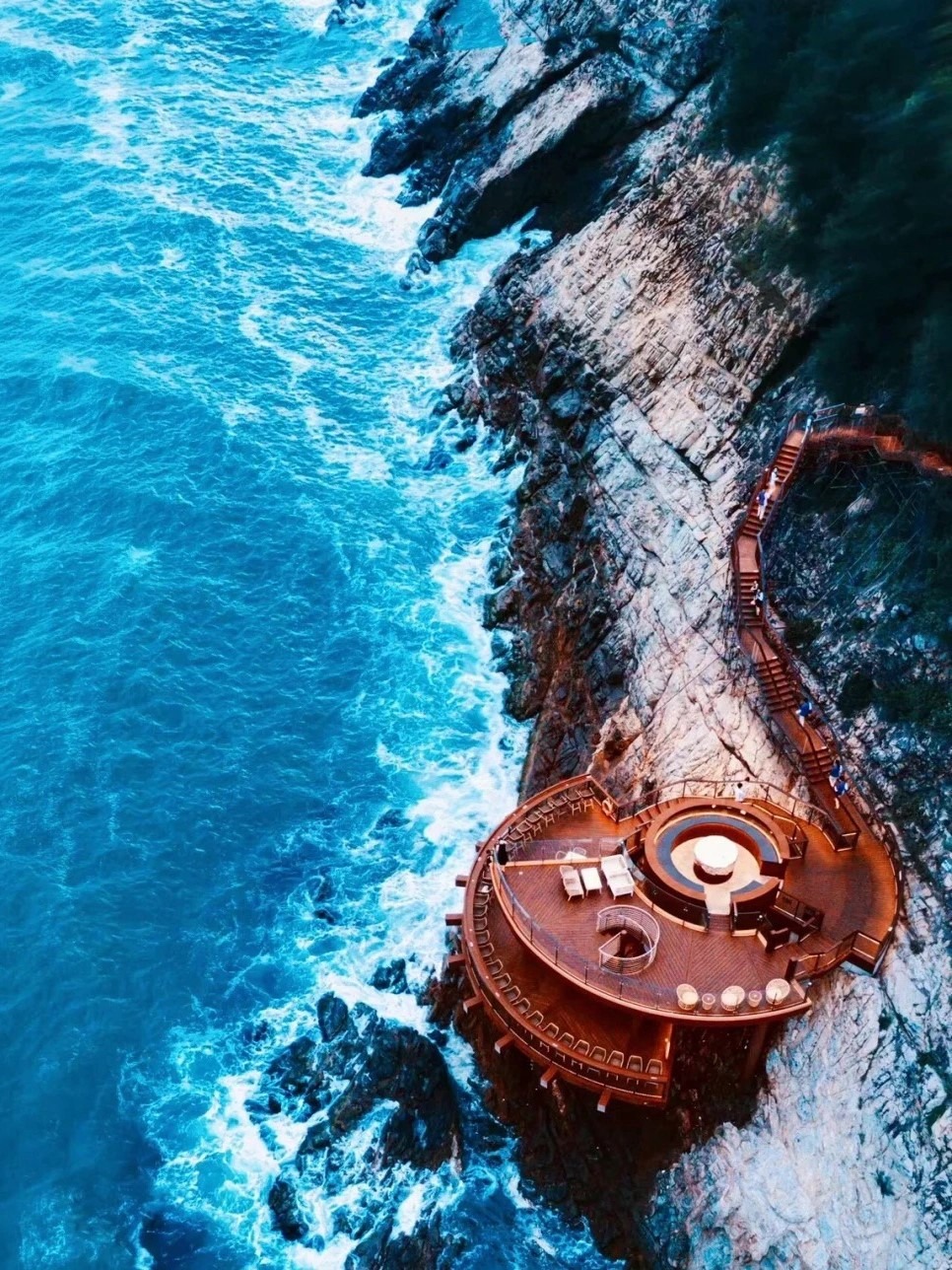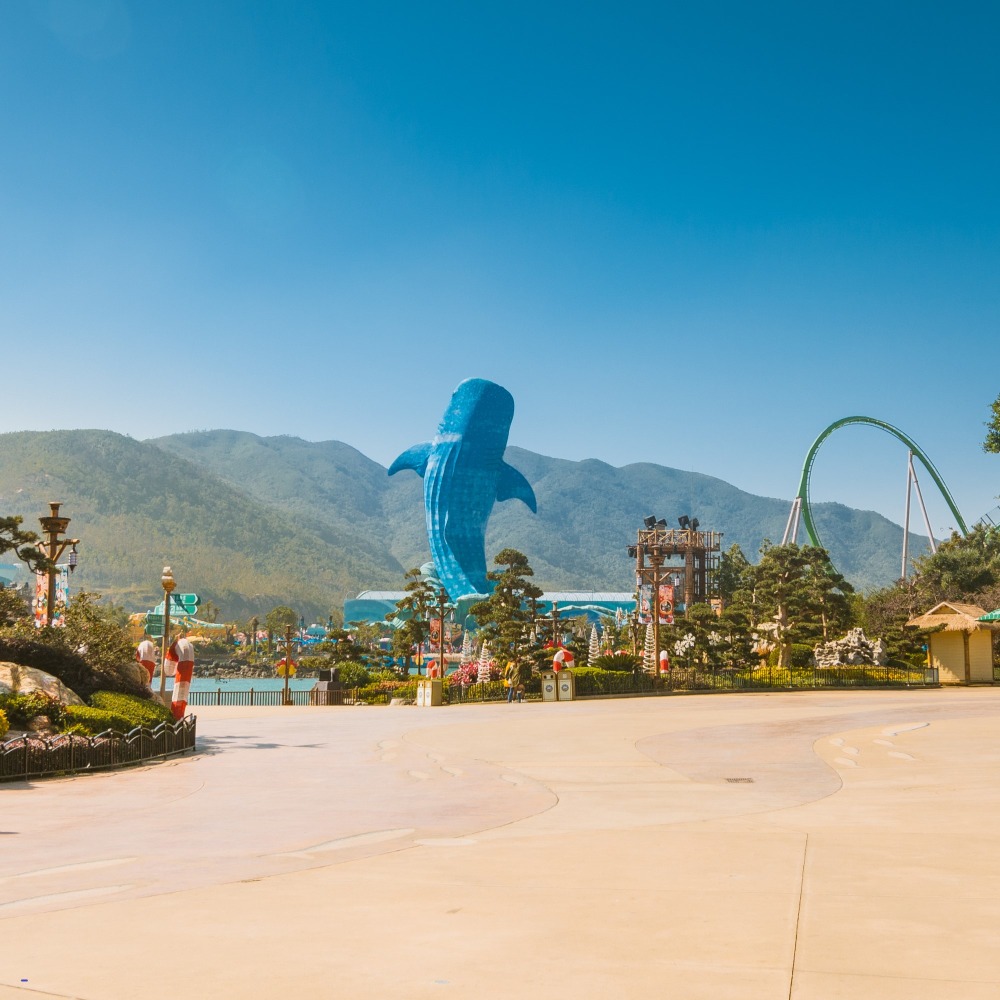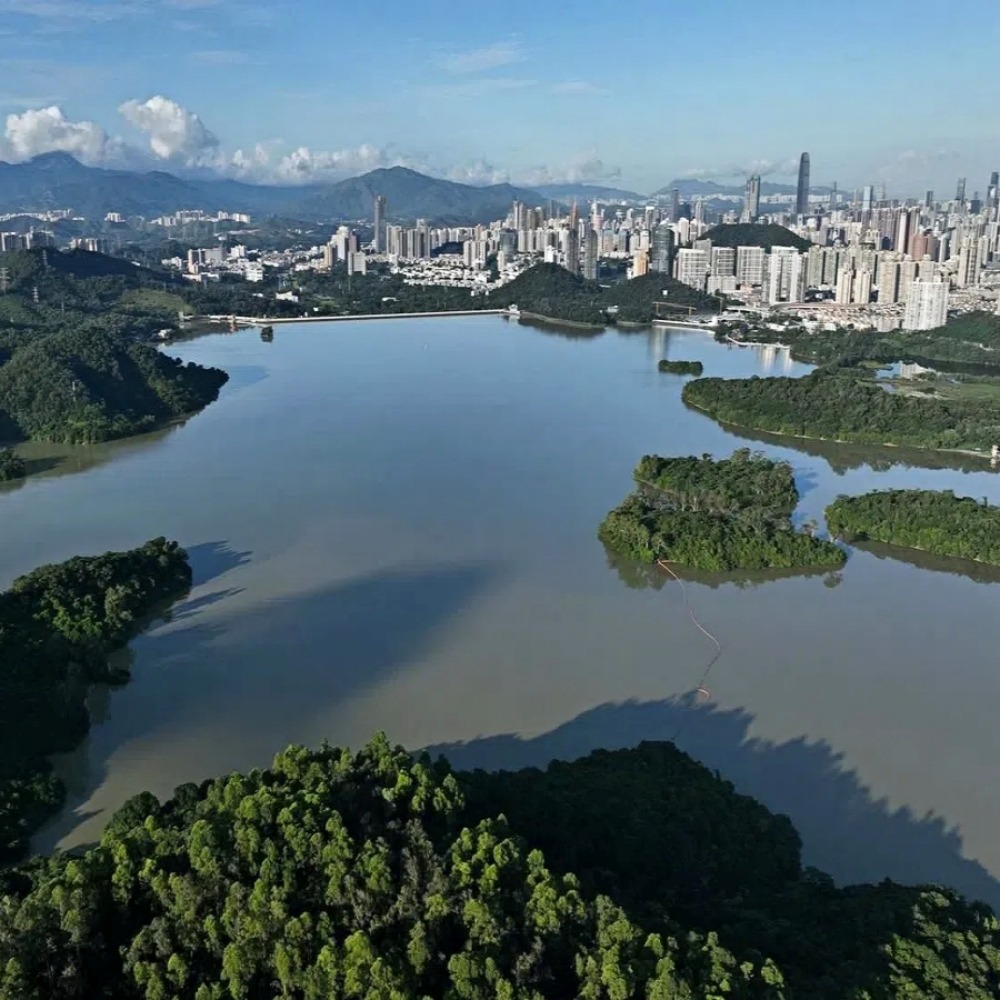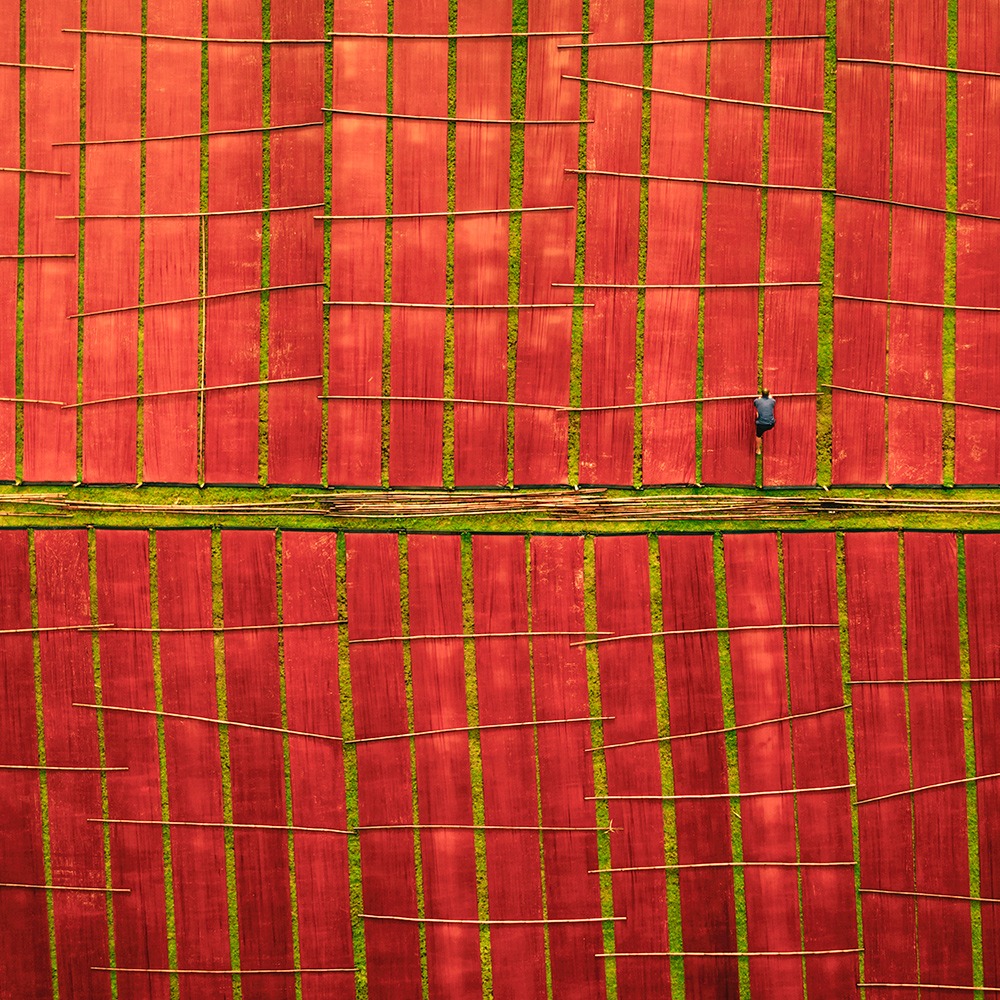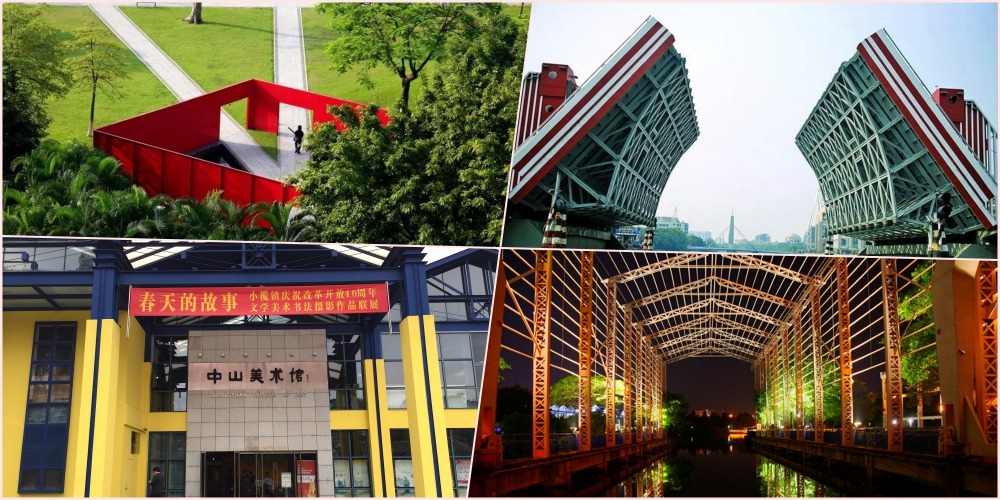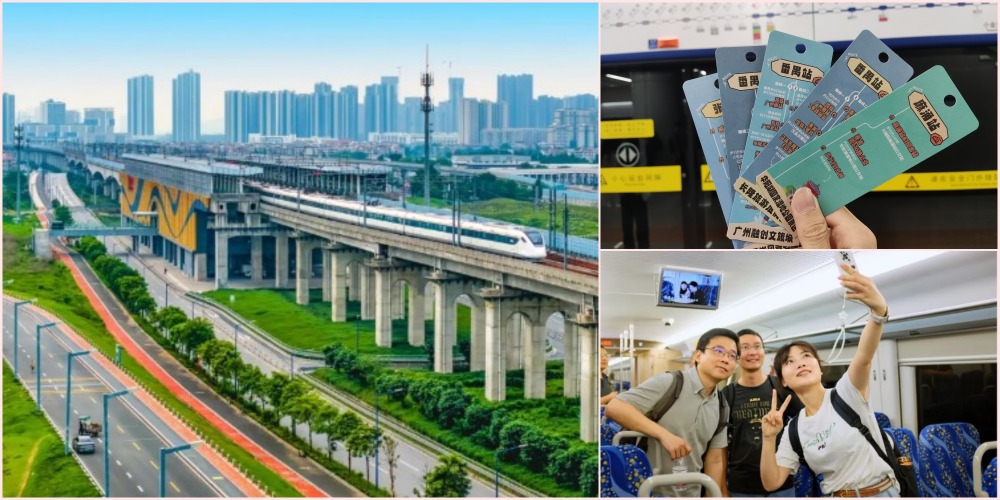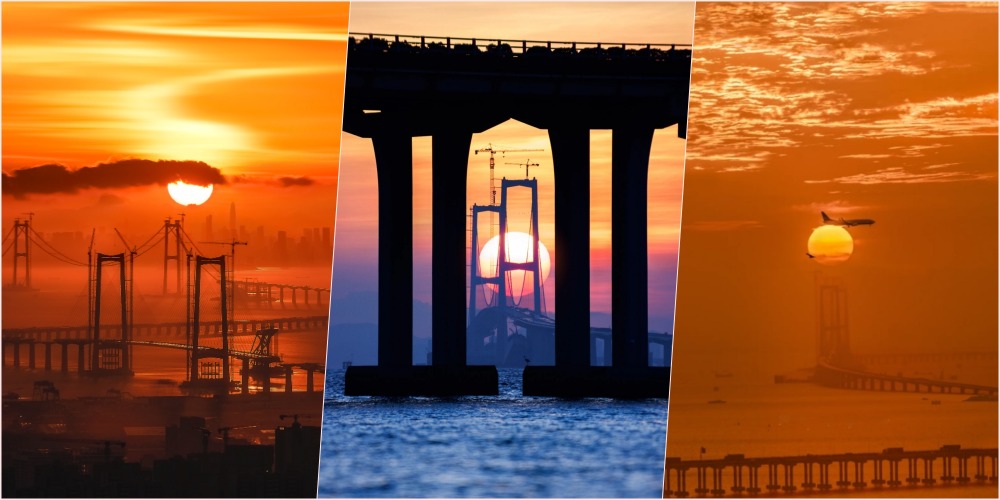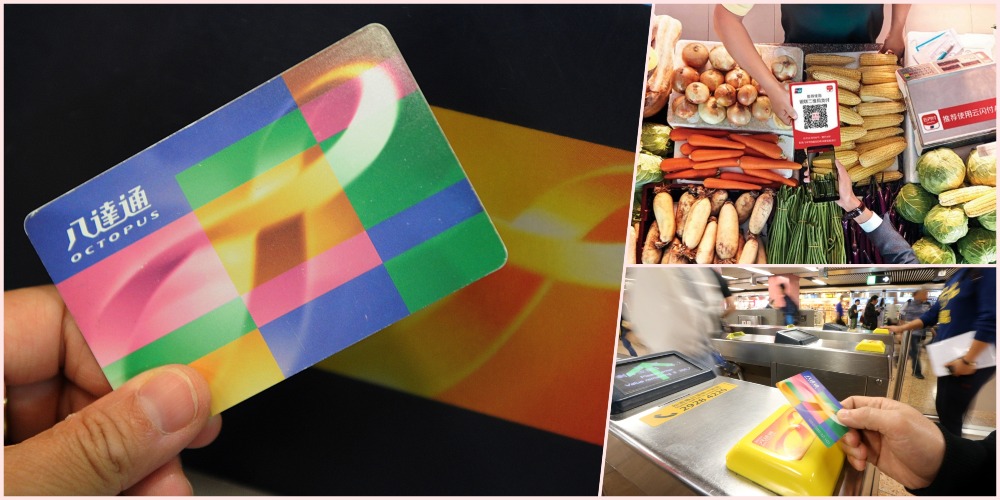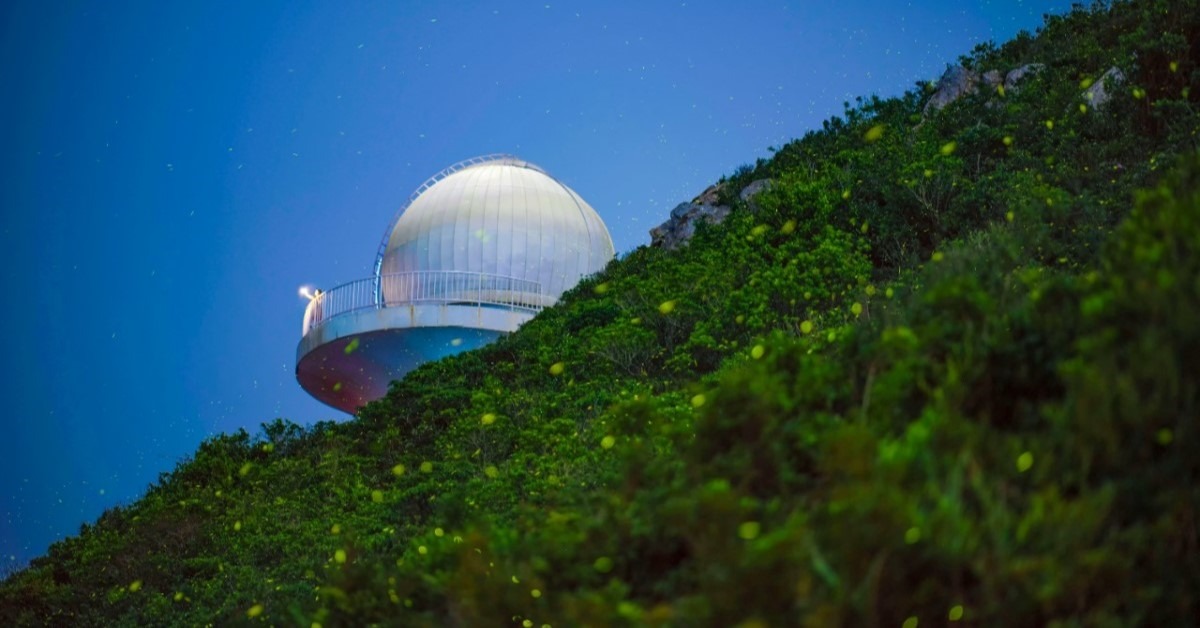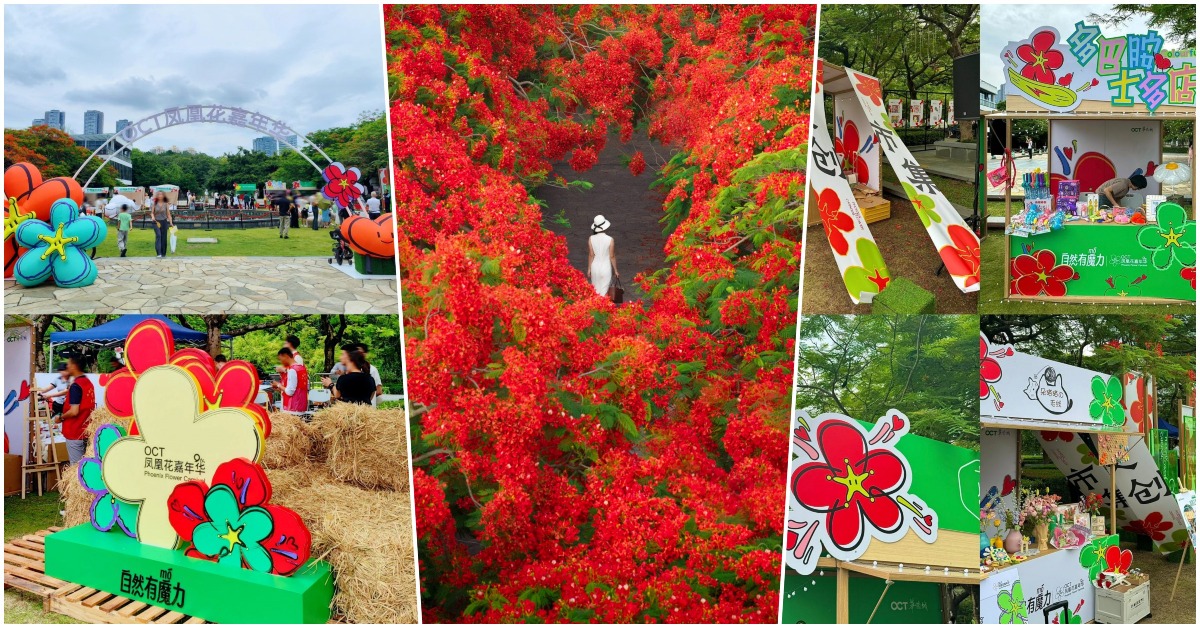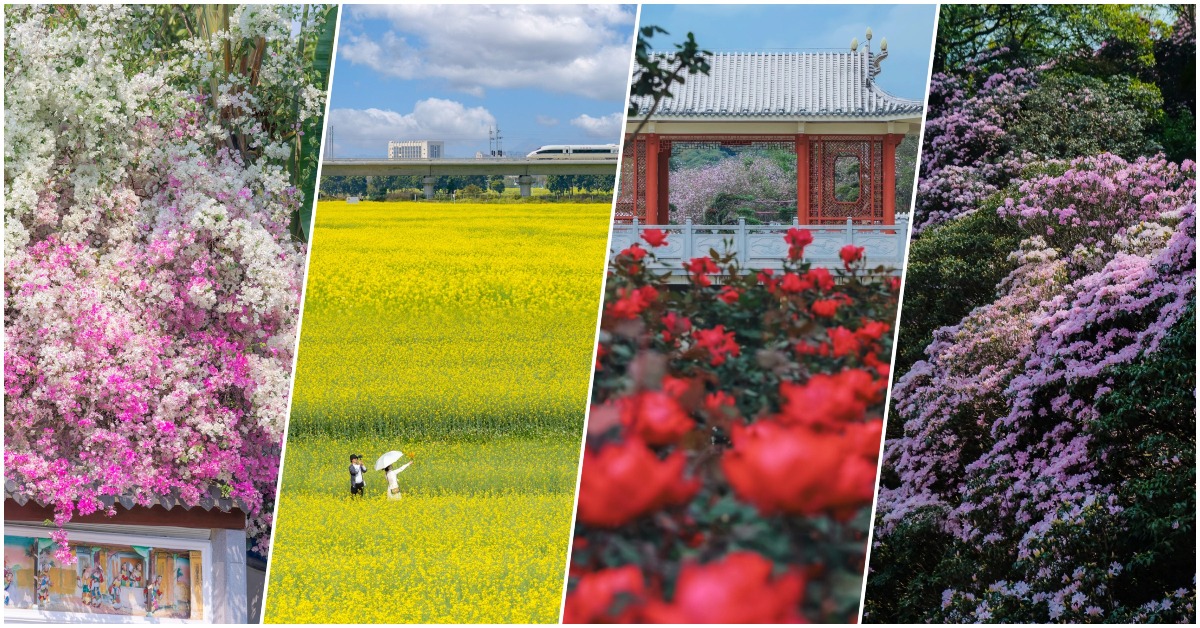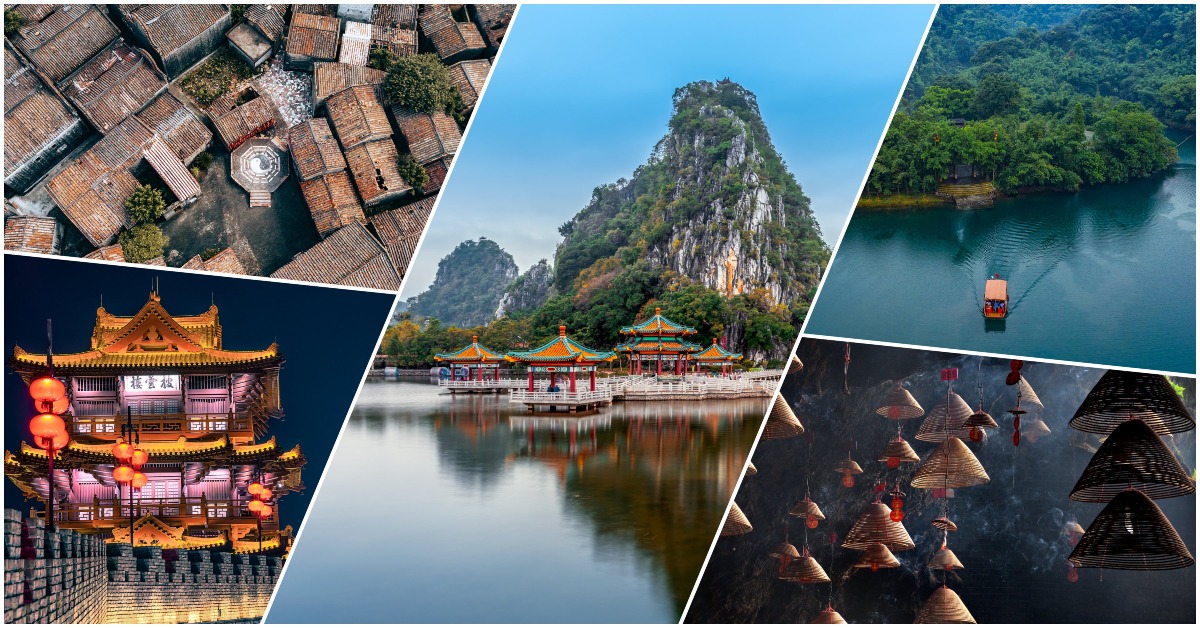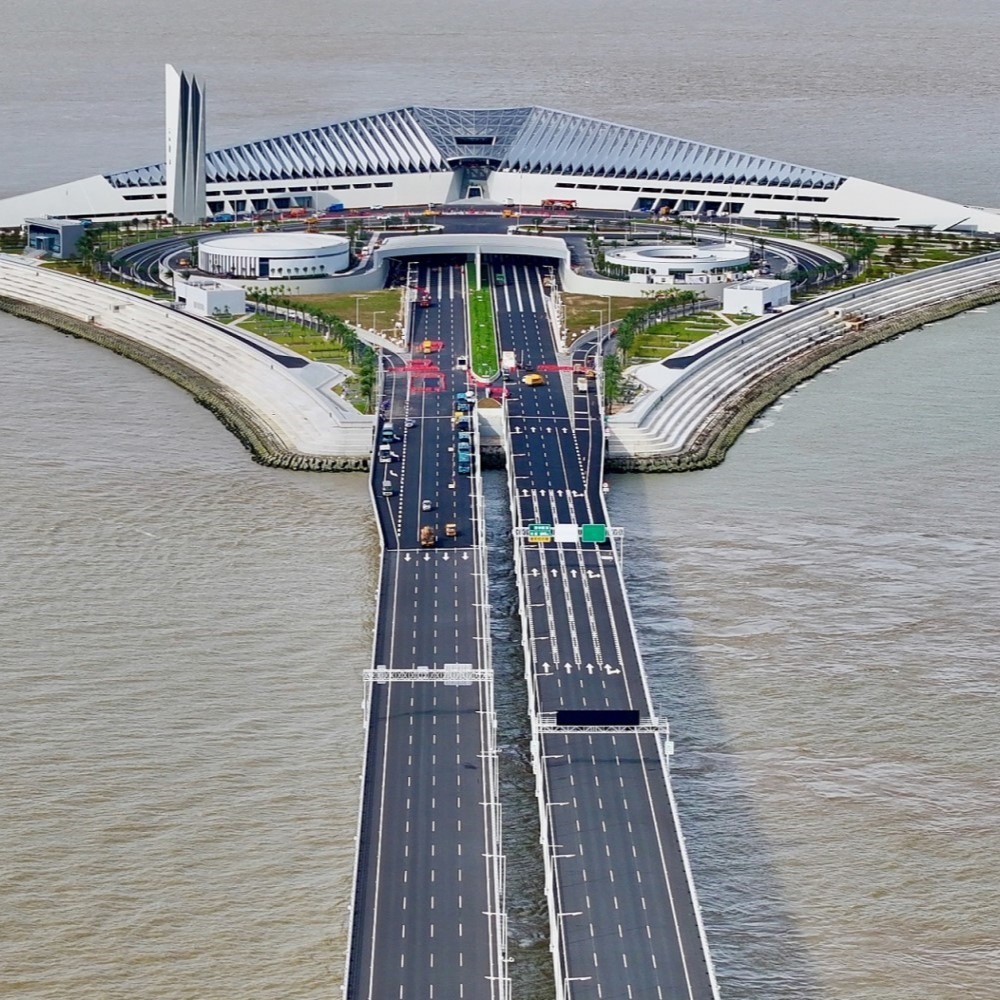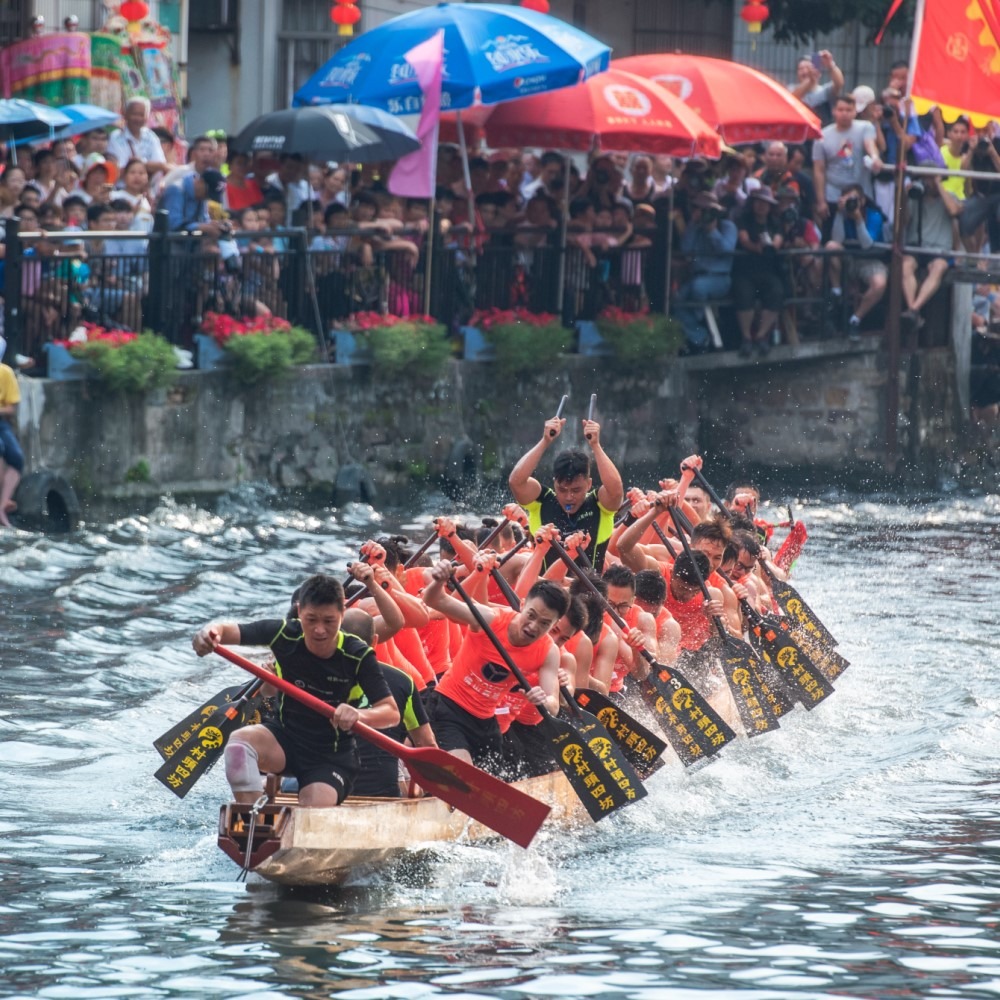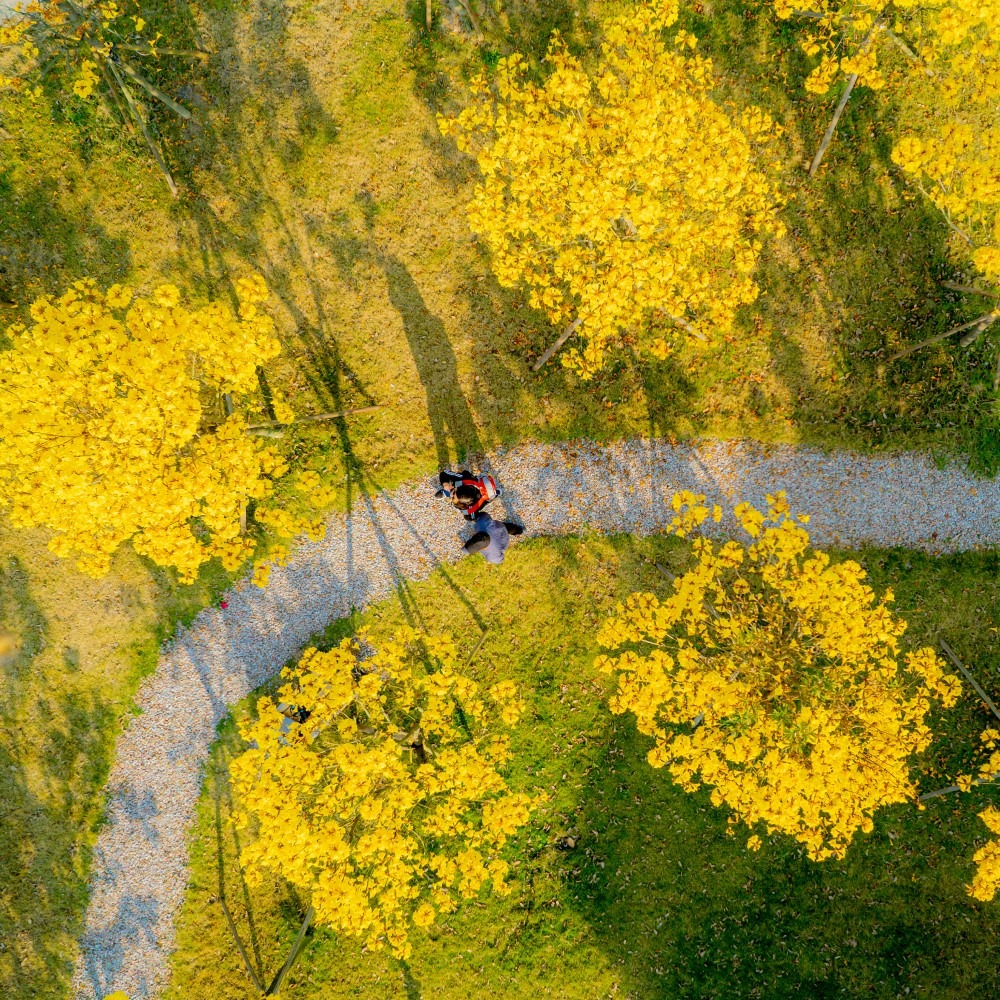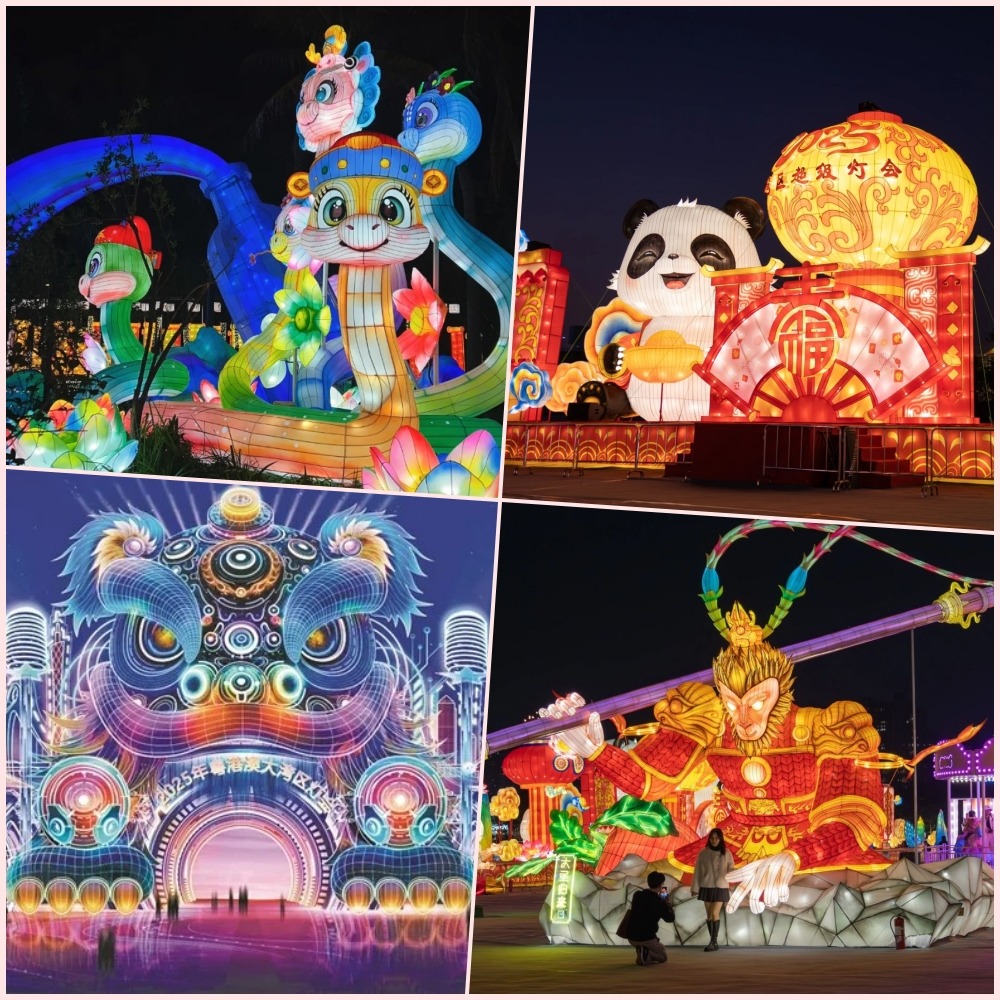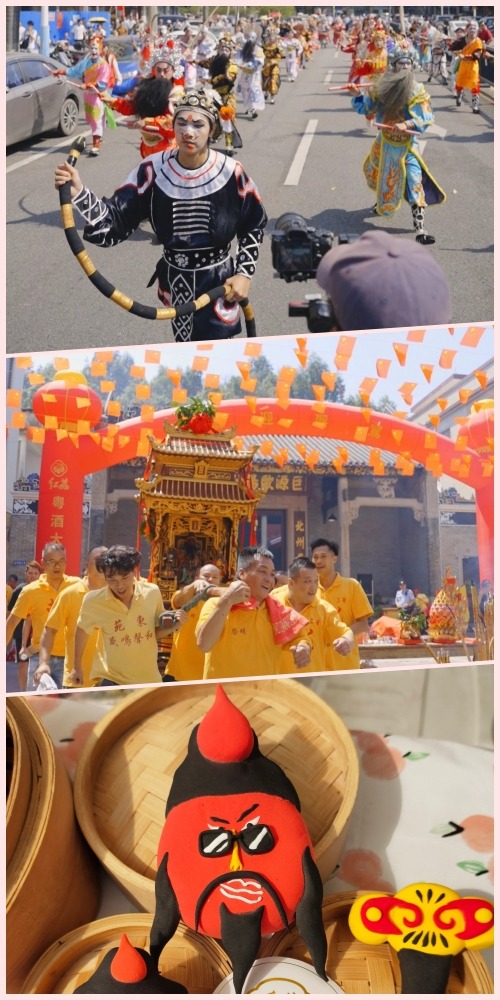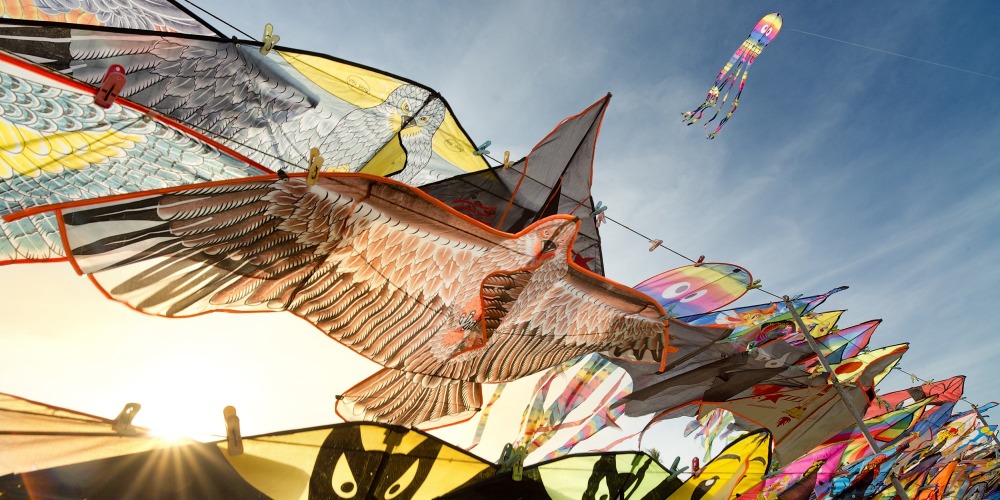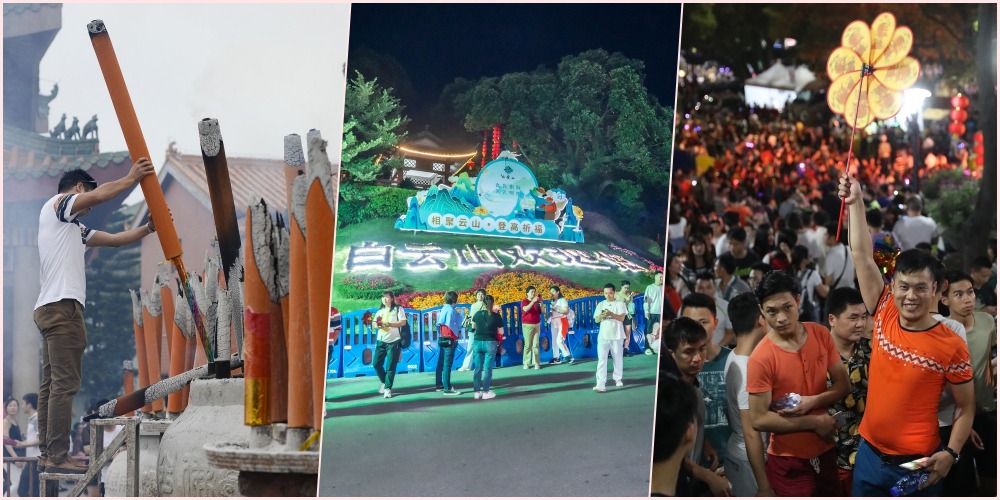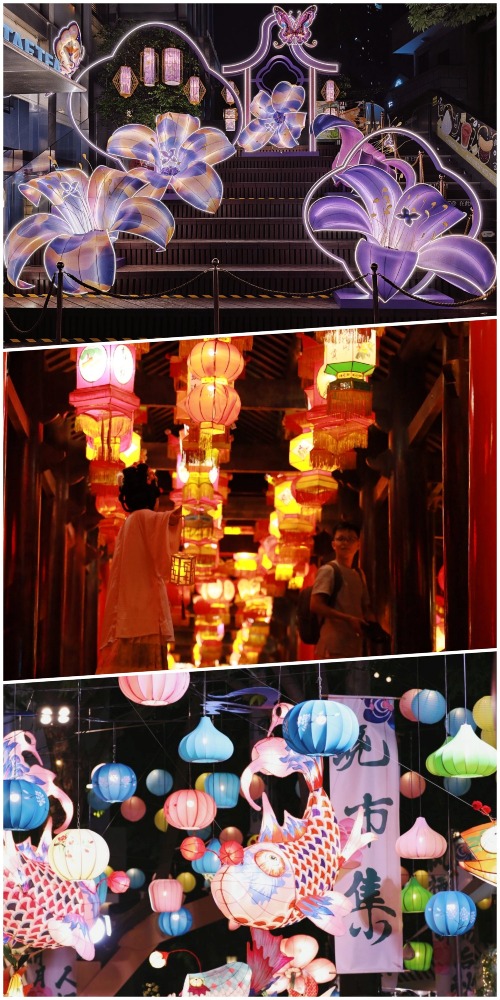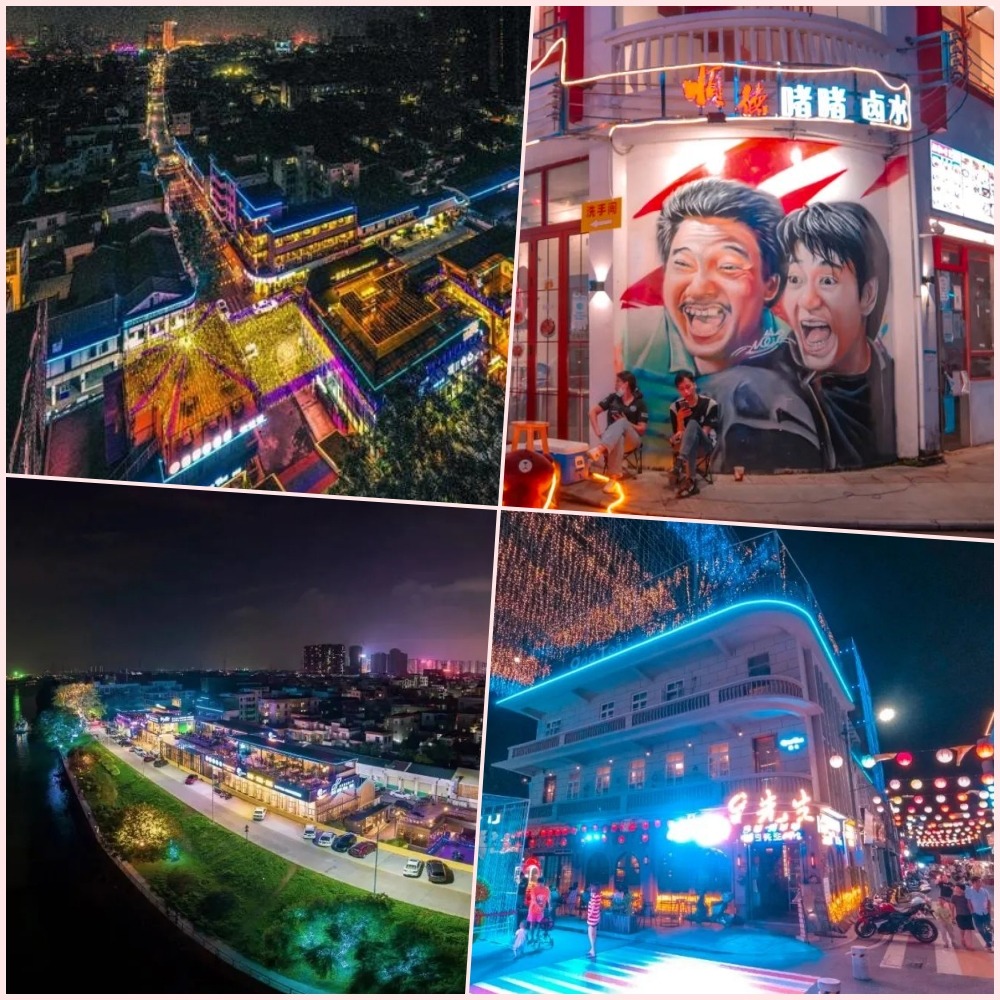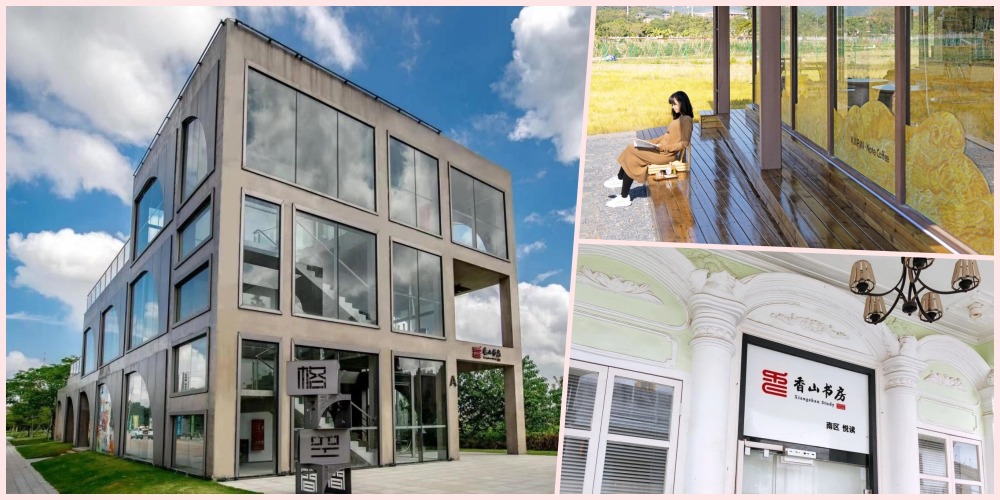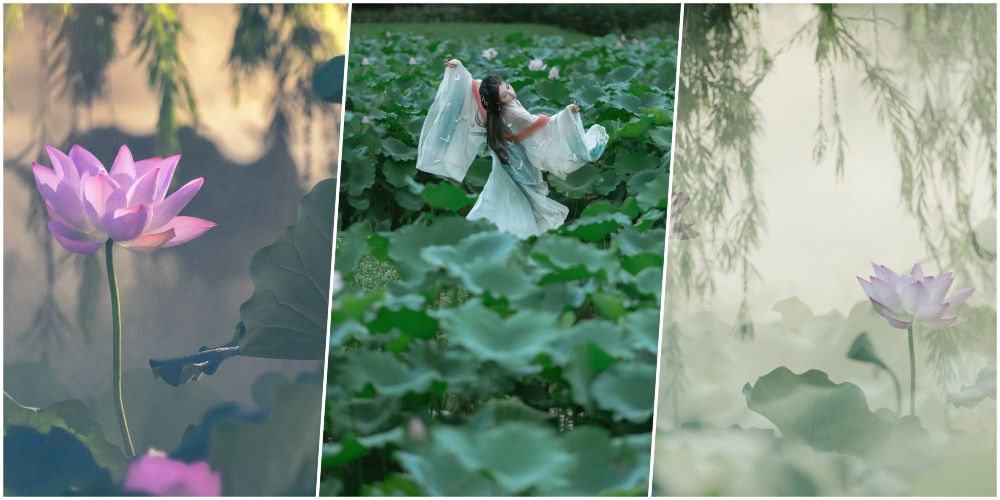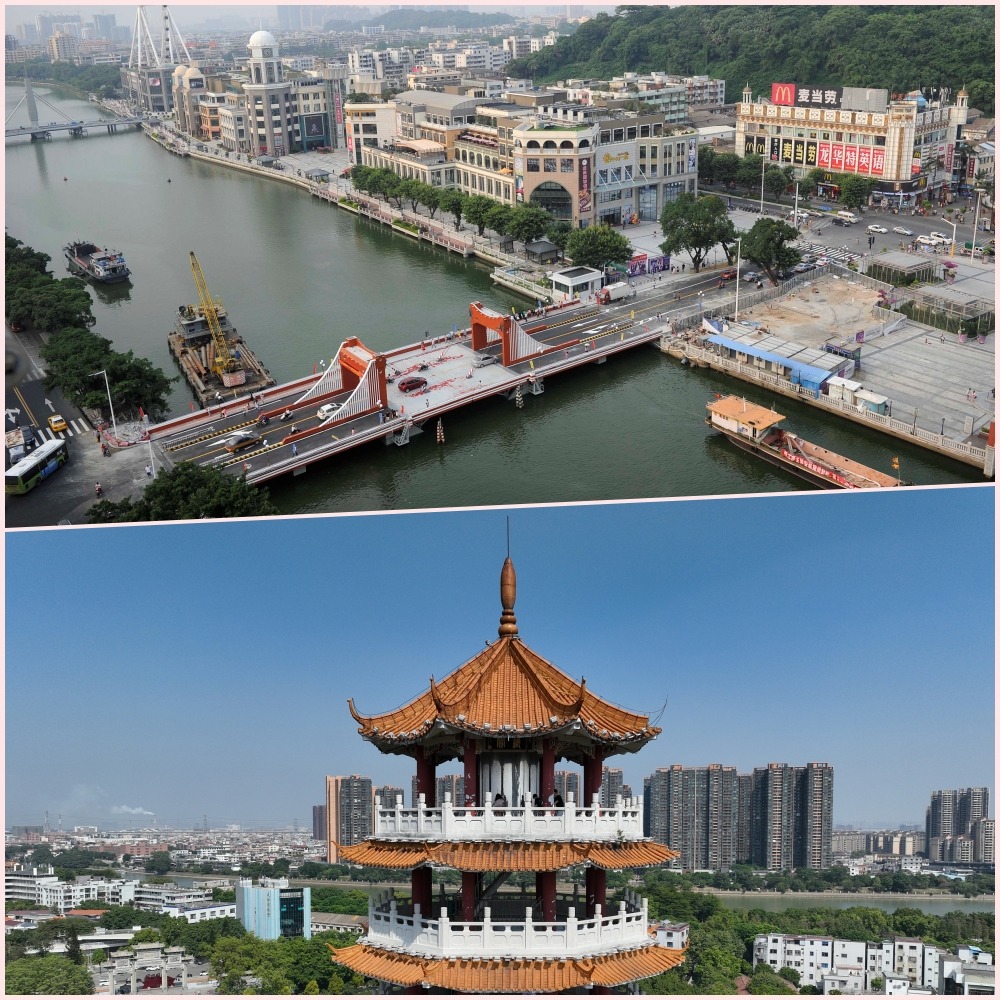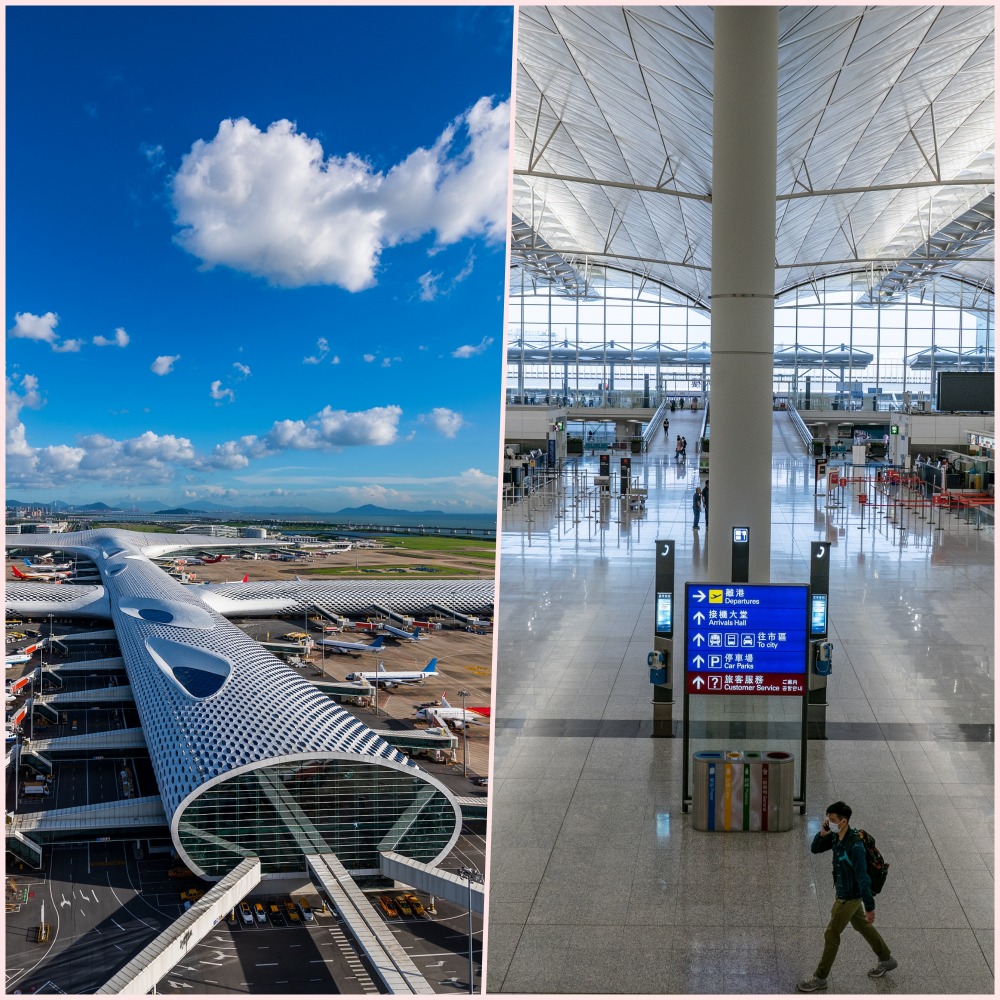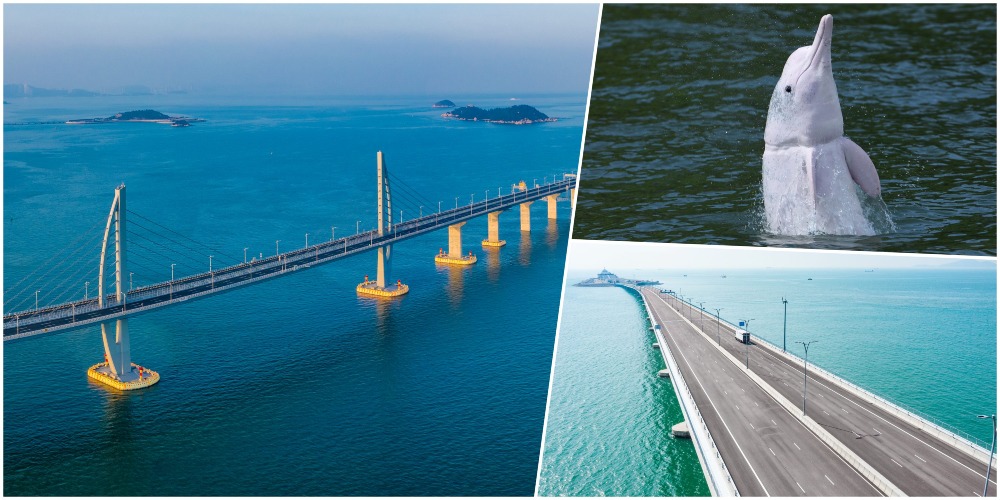Published : 2024-05-08
As summer begins, temperatures gradually rise, and evening temperatures often reach 20 degrees Celsius or higher.
If you come to the beach at this time, you might see a rare spectacle: the sea turns a luminescent blue, lapping at the shore, rushing towards your feet, dazzling and mysterious.
This is the world-famous "blue tears", listed by CNN as one of the 15 great natural wonders of the world. How does it form? Where can it be seen in the Greater Bay Area? Let's unveil the mystery.
What are "blue tears"?
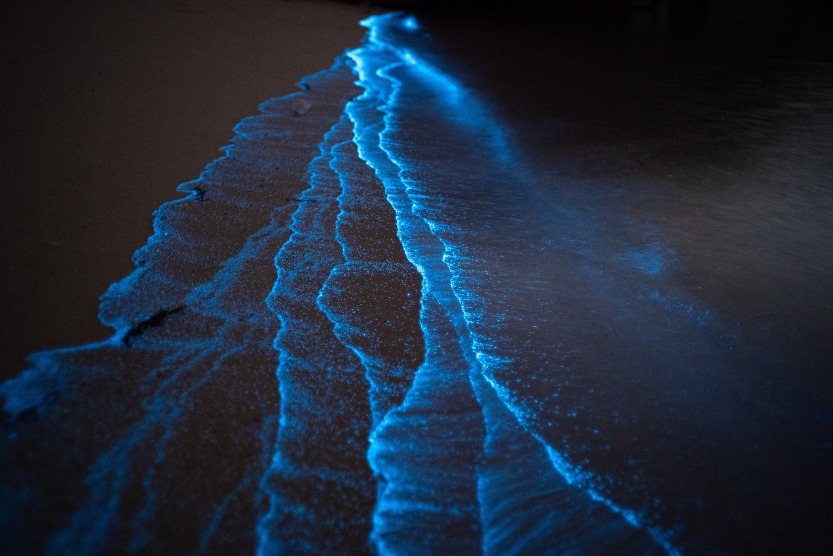
"Blue tears", scientifically known as "bioluminescent algae" or "bioluminescent worms", is a type of non-parasitic diatoms in the sea. They can "glow" because their cells contain luciferase.
When the bioluminescent algae are stimulated by environmental conditions such as a rise in temperature, red tides during the day, strong wind and waves, and very dark surroundings, they will emit a blue glow.
This creates a sparkling, charming scene on the dark sea surface, just like teary eyes. Then, the "blue tears" flow out.
In China, "blue tears" can be seen at coastal areas which have warm climates, clean waters with no light pollution around. Where can we see this spectacle in the Greater Bay Area?
Shenzhen: Xichong Beach
In Shenzhen, Xichong Beach is the most typical place to see "blue tears". Xichong is located at the south-eastern end of Shenzhen, where the Shenzhen Astronomical Observatory and Xichong Beach are located in there.
Xichong, surrounded by mountains and just one side facing the sea, is shielded from urban light pollution by the mountains. The sea here is also very clean, making it a habitat for a well-preserved natural ecosystem.
The forest coverage rate here reaches 90%, earning it the designation of an "International Dark Sky Community" by the DarkSky International.
A dark environment is the most ideal condition for the appearance of "blue tears". On Xichong Beach, when the sea water temperature reaches 20 degrees or above, a vast area of luminous blue waves will appear on the dark sea surface, making the area mysterious and dreamy.
If you find Xichong too remote, you can also see "blue tears" at Qianhai Performing Arts Park and Qianhai Stone Park in Shenzhen.
Because of its proximity to the urban area, the beauty of this place attracts a large number of people.
However, "blue tears" are not always visible. Here's a tip for you: try to throw a small stone into the sea, and the "blue tears" in the water may emerge.
Zhuhai: Jinwan District
In Zhuhai's Jinwan District, located at the mouth of the Pearl River, the dark beach also offers a chance to catch a glimpse of the "blue tears".
Typical locations include West Sandy Beach, Silver Sandy Beach, Mutou Chong and Hengshiji Beach on Gaolan Island.
Among them, the West Beach is particularly beautiful because it is full of reefs, and when the sea laps against the reefs, it not only stirs up blue fluorescent tears, but also shows the shape of the reefs in the water, which is breath-taking!
Another spot a bit further away is Qi'ao Island. The island is surrounded by the sea which made the shore full of coastal feature. When the wind and waves are high and the sea is lapping at the shore, a large area of "blue tears" will appear. What a magnificent sight!
Huizhou: Double Moon Bay
At Double Moon Bay in Huizhou, every April to August is the peak season for the appearance of "blue tears", attracting people to flock there, including photography enthusiasts and couples.
Lover's Dam is the best place to watch "blue tears". The long dam is a typical spot to see the sunset by the sea. At night, when the waves crash against the reefs along the embankment, stirring up blue waves, it's even more romantic!
It's also worth mentioning that Double Moon Bay, also known as the "Maldives of Huizhou", is a famous local resort.
Besides "blue tears", there are plenty of famous attractions there, such as the Natural Sea Turtle Nature Reserve District, Rocks Bar, the snorkelling paradise in Little Star Mountain, and the Spanish Town, etc,.
If you're planning to travel in GBA cities, try to include "blue tears" in your itinerary. It will not let you down for sure!
Read more: GBA Travel|5 best places to shoot Shenzhen-Zhongshan Link
Read more: Kunming Blue Jacaranda viewing map
